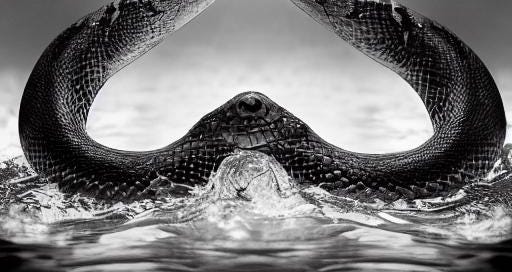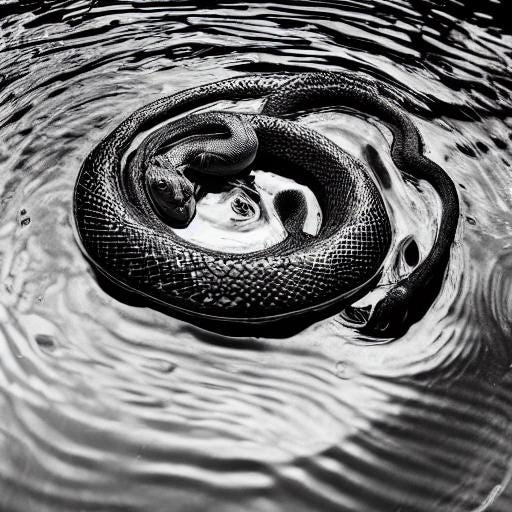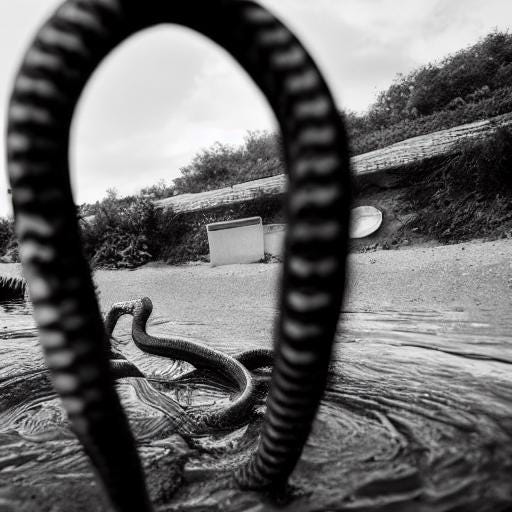Tale: A fictitious or true narrative or story, especially one that is imaginatively recounted.
Digital audio workstation (DAW): An electronic device or application software used for recording, editing and producing audio files.
Some people live for the rumble of a ‘64 Mustang but for me there is nothing like the sound of a palm muted distorted guitar. That visceral chug gets my motor going like no other sound can.
I’ve always loved heavy riffing. The problem is that it doesn’t always play nice with other sounds. It’s too loud by its very nature: The sound is literally from turning amps up to 11 so that they distort. Historically, drummers had to play extra hard just to be heard over the overdriven guitars. Vocalists had to belt or scream in order to push the P.A. system hard enough to be heard. Everything pushed to 11 is the strength and weakness of heavy rock.
In my teens I got turned on to jazz fusion. It had many things that rock lacked and one of those things was dynamics. In jazz related genres, the music gets louder and softer. This allows for a layer of expression that heavier styles lack. Heavy music does have dynamics but it achieves it mostly through the use of tiered dynamics. Variations in volume comes from instruments being added or subtracted from the mix rather than from players playing harder or softer. This is especially noticeable if you focus on the drums. They never play soft in heavy genres. Even on slower “ballads.”
Metal is hard to fuse with other genres. It tends to appropriate external influences instead of combining with them. That’s why when musicians try to mix metal with other music it often stays metal instead of becoming a new thing. That being said, viable metal fusions exist (nu metal sure became its own thing) and I wanted to try doing one myself.
With “Snakes in the Water,” one of the ways I tried to make the heavy parts more compatible with the cleaner parts was to use a little less gain than is typical for metal. Turning up to 9 instead of 11 makes the leap down to 7 for the jazzier parts feel like less of a jump. A related strategy was to use a jazz fusion bass tone for the heavy parts. I’m not sure I’m in love with the result here but at least it doesn’t sound like every other Getgood-Darkglass bass tone we’ve been listening to for the last 15 years. (If you know, you know.)
If I continued to experiment with songs like this I would try other bass tones. The key is to have a uniform bass approach that works for the metal parts and the fusion parts. Bass is song glue so having a uniform bass tone seems like a good strategy.
For fun, I recorded a squeaky clean guitar solo over a bed of choir voices. I had Pat Metheny’s ECM era tone in mind and was surprised that my solid body guitar with 9 gauge strings got me as close as it did. I suspect it’s partly due to the PLEK setup I just had done on it.
Thanks for listening and reading!






